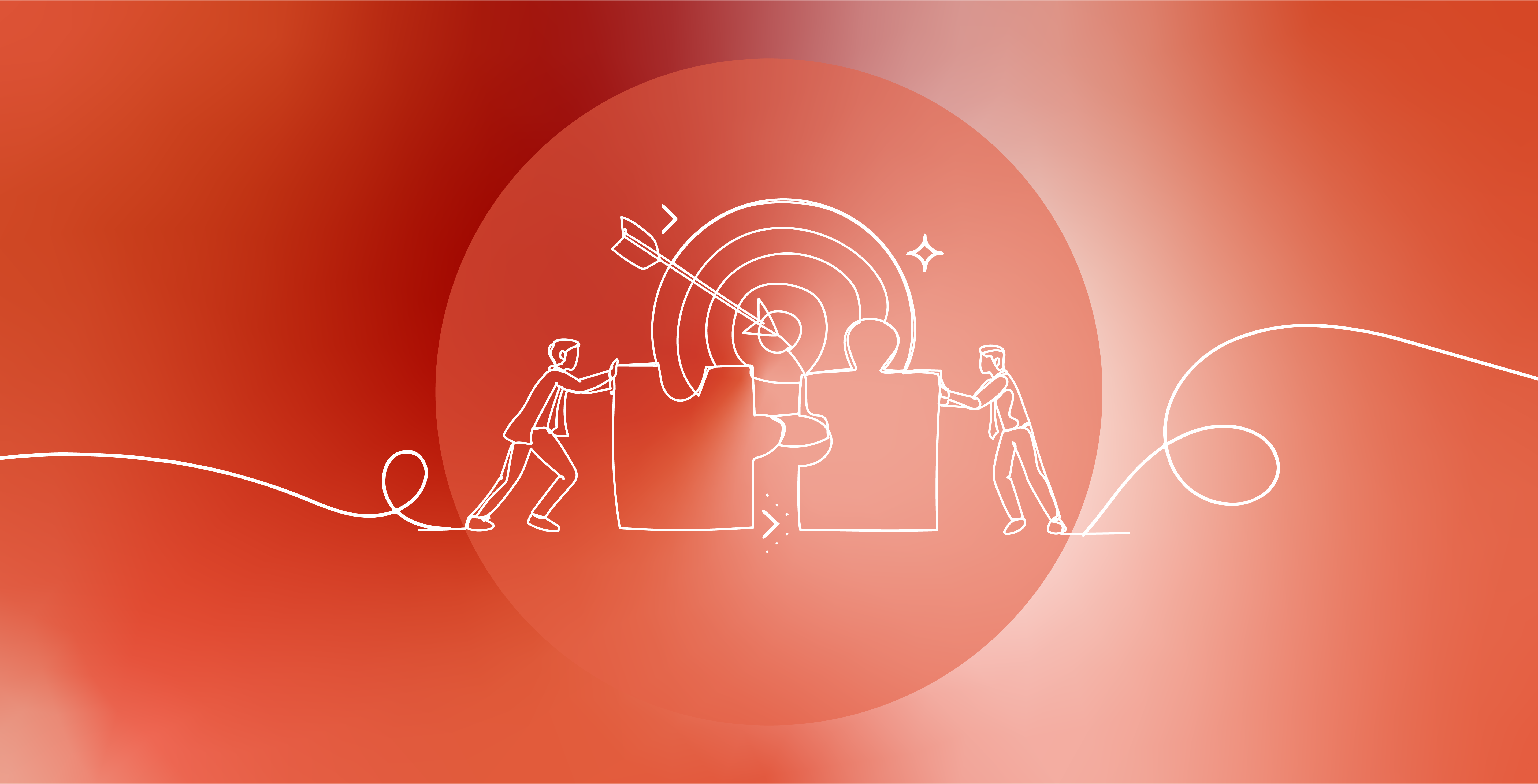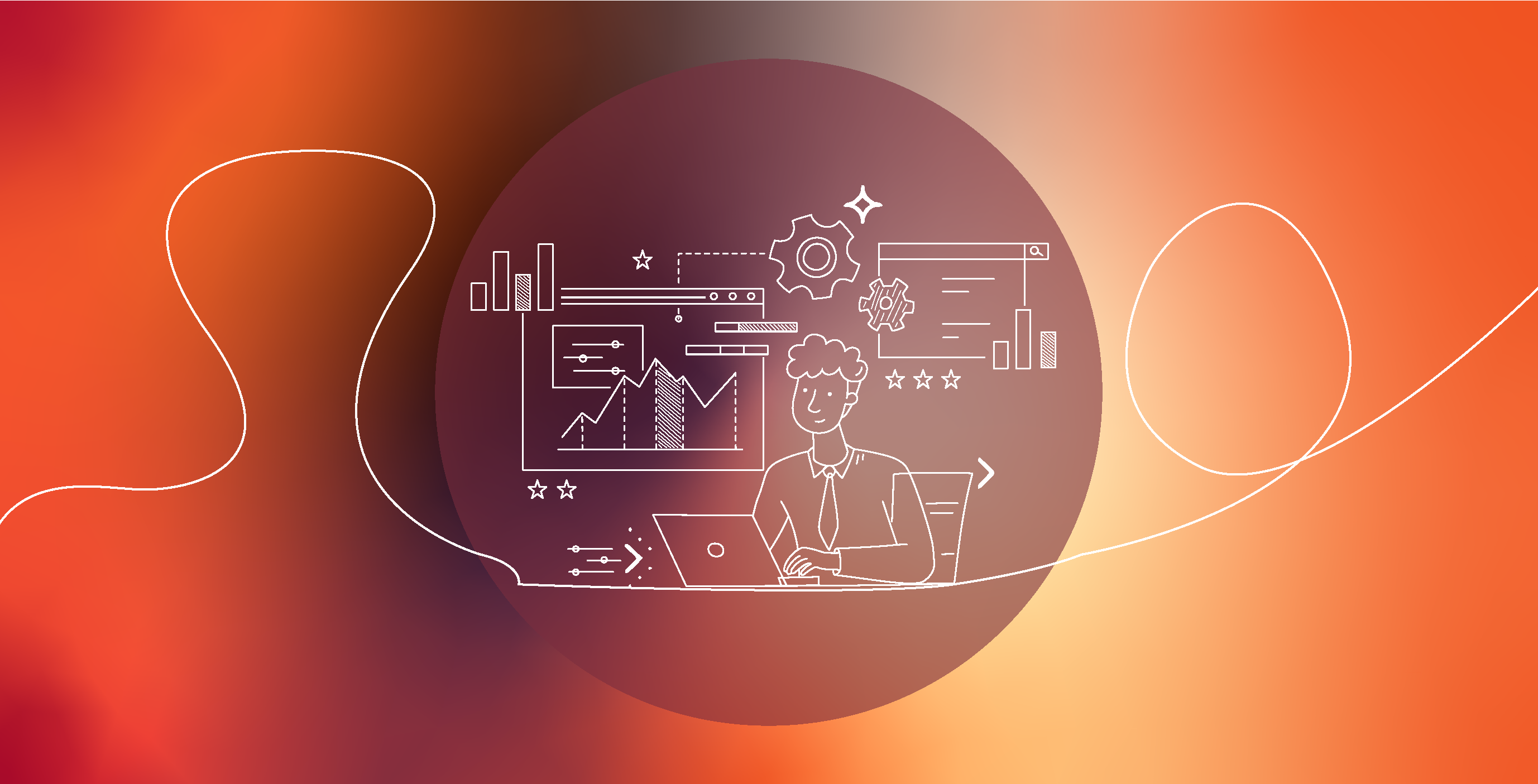A Complete Guide to Aligning Agile, DevOps, and DevSecOps

What Is Agile?
Agile is an iterative method that values:
• Flexibility and adaptability
• Continuous improvement
• Collaboration across teams
Frameworks such as Scrum and Kanban help teams deliver software faster by breaking projects into smaller, manageable cycles. This approach allows for quick feedback, faster adjustments, and software that meets customer needs more efficiently.
What Is DevOps?
DevOps brings development and operations together. It aims to:
• Automate deployment and testing
• Improve communication between teams
• Speed up software delivery
• Reduce human errors and defects
DevOps combines automation with collaboration to make releases faster and more reliable.
Why Combine Agile and DevOps?
Agile and DevOps focus on different areas, but they work best when used together. The combination helps teams:
• Deliver faster and more frequently
• Continuously improve product quality
• Enhance collaboration across departments
• Increase customer satisfaction
Together, Agile and DevOps create a smooth process from planning to deployment. This makes the software development cycle more efficient and adaptable.
Adding DevSecOps to the Mix
Security is now an essential part of the developmentprocess. DevSecOps adds Development,Security, and Operations together to strengthen software delivery.
DevSecOps ensures that:
• Security is included at every stage of development
• Continuous security checks are part of CI/CD pipelines
• The "Shift-Left" principle brings security earlier into the lifecycle
This approach reduces vulnerabilities and ensures compliance without slowing down development.
Key Trends Shaping the Future
Here are some of the major trends influencing Agile, DevOps, and DevSecOps today:
1. Adaptive Agile Frameworks
Frameworks like SAFe (Scaled Agile Framework) are becoming popular. The right choice depends on the organization’s size and structure.
2. AI and Machine Learning Integration
AI and ML automate testing, monitoring, and help detect potential security threats early.
3. Stronger Focus on Observability
Monitoring tools, logs, and metrics make it easier to track performance and resolve issues in real time.
4. Built-In Compliance and Security
Security and compliance are now built into the development process rather than added later.
5. Cloud-Native and Microservices Adoption
Cloud-based systems make software delivery faster, scalable, and more efficient.
6. Deeper Collaboration
Cross-functional teams that include developers, security experts, and operations are becoming the standard
Culture: The True Foundation
Technology alone is not enough. Culture plays the most important role in successful transformation.
As Peter Drucker said, “Culture eats strategy for breakfast.”
Adopting Agile, DevOps, and DevSecOps requires:
• A shared mindset
• Openness to change
• A culture of collaboration
Without the right culture, even the best strategies will fail.
Conclusion
The future of software development depends on the integration of Agile, DevOps, and DevSecOps. Together, they promote:
• Speed and efficiency
• Higher quality and security
• Stronger collaboration
Organizations that embrace these practices, supported by automation, observability, and a healthy culture, will deliver secure and high-quality software faster and more effectively.
.svg)



.svg)